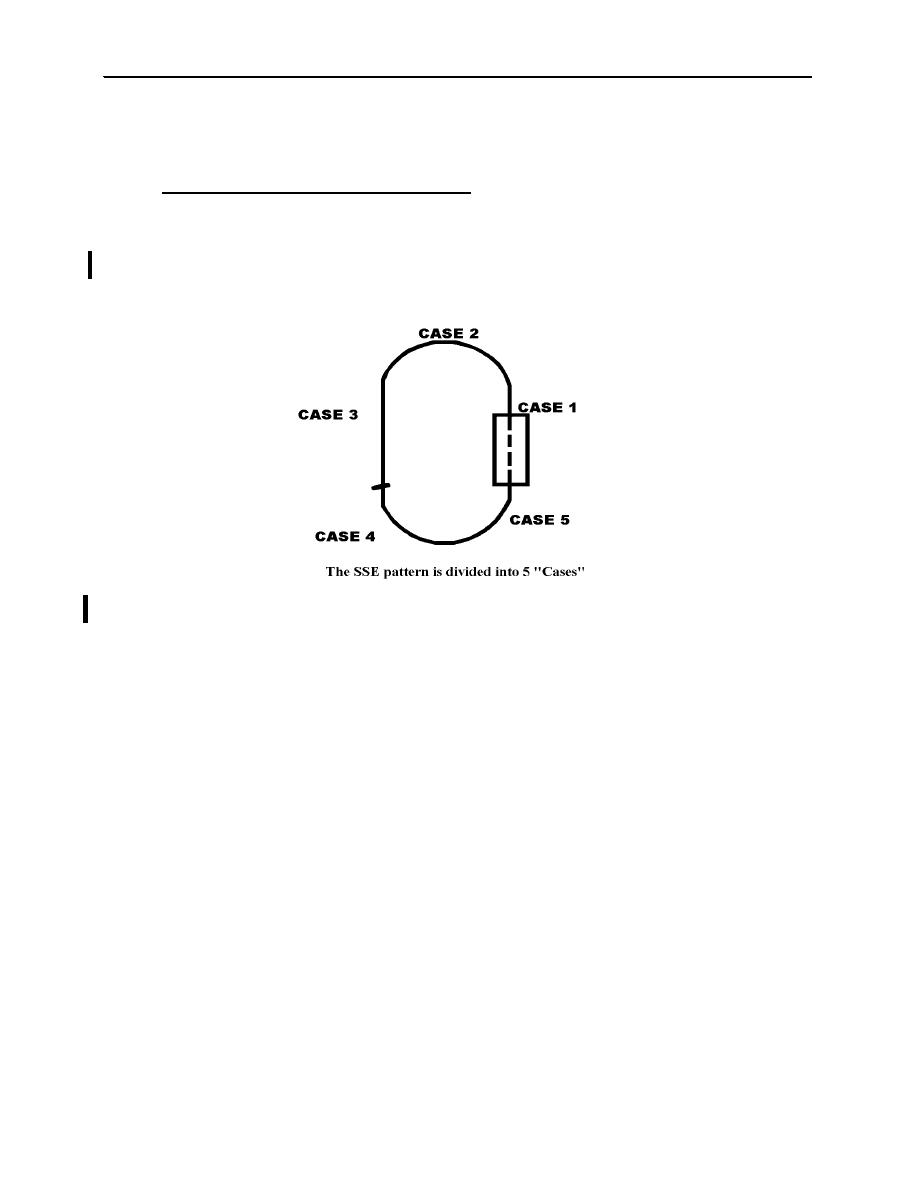 |
|||
|
|
|||
|
|
|||
| ||||||||||
|
|  JOINT ADVANCED MULTI-ENGINE T-44A
CHANGE 1
climb. Then offset slightly from the runway to allow a better view of traffic over or on the runway.
Finally, report the waveoff and reason to the Tower. Common errors include beginning the offset too early
or communicating with Tower before flying the airplane.
142.
Simulated Single-Engine (SSE) Landing Pattern. The SSE landing pattern acquaints the student with
procedures required to land safely following the loss of an engine. The SSE pattern is very similar to a
normal pattern except considerations are made for decreased performance and reduced directional control.
Maintain higher than normal speeds from the 180 to touchdown to ensure directional control margins are
maintained. Trim the aircraft throughout the entire pattern. You may use the CP to check the position, but
not to center it for you. Never sacrifice control of aircraft to complete a checklist. The "power up, rudder
up, clean up" method is a good technique to remember whenever experiencing power loss.
Figure 1-2
Case 1. Takeoff to Crosswind. If an engine fails during the takeoff roll, execute Aborting Takeoff
procedures. If airborne, and sufficient runway remains, close the power levers and land. If airborne, and
insufficient runway remains, execute Engine Failure After Takeoff procedures as practiced during dynamic
engine cuts:
(1)
Power
As required. Set maximum allowable on the operating engine.
(2)
Gear
Up. Ensure flaps are up also.
(3)
Airspeed
As required. At 102 KIAS raise the nose to stop any altitude loss and accelerate to
110 KIAS if possible.
Identify the failed engine utilizing engine instruments (torque, ITT, N1, fuel flow) and rudder pressure.
Your foot working hard to maintain heading is on the same side as the operating engine. Your non-
working foot ("dead foot") is on the same side as the dead engine.
(4)
Execute the memory items of the Emergency Shutdown Checklist. Determine if malfunction is
fuel or fire related while simultaneously pulling props back to 1900 RPM. Reset maximum power.
Continue the checklist if malfunction is fuel or fire related.
NOTES:
(1)
If an engine fire is experienced in the traffic pattern, continuation of the Emergency Shutdown Checklist is
required in order to activate the fire extinguisher. Complete the checklist as soon as possible after a fire
indication is noted. Have the CP declare an emergency and request crash crew response. Execute the
Emergency Engine Shutdown On-Deck Checklist after landing.
(2)
If the autofeather system is activated, retarding either power lever before the feathering sequence is complete
will deactivate the circuit and prevent automatic feathering.
1-22
FAMILIARIZATION STAGE
|
|
Privacy Statement - Press Release - Copyright Information. - Contact Us |